A New Approach In Learning Mathematics
|
|
By Mario deSantis, January 30, 1999
|
| The recent article "Math debate sparks spirited response" in The Star Phoenix,
voices the concerns of the poor educational performance of our students. One parent,
Sandra Gardiner of Aylesham, explains how much her daughter and her university classmates
had to suffer for dropping out of their math courses, and with a feeling of powerlessness
she states " It's really, really sad to realize that here in 1999 our education
system is in utter chaos" One teacher, Lilian Leduc of Prince Albert, points
to the heart of the problem by saying that "drill and rote learning alone, do
not build understanding. It is better to learn some fundamental concepts which you
can apply in varying situations". Business owner, Don Murray of Saskatoon, mentions
the lack of accountability and competence as the main reasons for the poor state
of our educational system. |
| The above comments on the state of our educational system is further evidence(1)
to support the need for sweeping and immediate changes. In today's ever changing
economy, we require students who have initiative, who work well with others, who
sift through enormous amount of information and who are problem solver. The knowledge
of Mathematics is essential in developing such abilities. Since the declining of
mathematical standards has been identified as one of the most important educational
concerns, I am going to briefly present a new pedagogical approach for learning the
mathematical concepts of Calculus. This approach includes a computer lab component
and therefore I will be introducing the well known Mathematica software package as
well. |
| |
| The new pedagogical approach is named "The Calculus, Concepts, Computers and
Cooperative Learning (C4L) program"(2) and it
was developed at Purdue University under the constructivist theoretical perspective
of how mathematics is learned. According to this theory, students need to construct
their own understanding of mathematical concepts. Therefore, the traditional role
of teaching to transfer mathematical knowledge by drilling and memorization is replaced
by the new role of creating situations for the students to foster their mental constructions.
In particular, the students perform computer activities, and through their observations
and conversations with the teacher and other students learn the mathematical concepts. |
| |
| I find this approach of learning mathematical concepts fascinating. The traditional
classroom with the teacher lecturing to students, is replaced by the computer lab
where students work either alone or in groups. The teacher is no longer the sole
source of authority, he has become a facilitator and guide for the students' efforts.
What is more important is that students have now equal access to the same mathematical
knowledge, no matter the teacher or the school(3). |
| |
| Apart from the above mentioned pedagogical approach to learning mathematics, many
schools and universities(4) are now delivering courses
where the software package Mathematica(5) is an integral
and basic component of such courses. The University of Illinois is one of these universities
and their courses(6) span Calculus, Differential Equations
and Matrix Theory. The advantages of using this software are multiple, but first
of all the software free the students from the drudgery of complex computations or
manual drawing on two or three dimensional space. The students are not required to
be on campus and can therefore study where they want. In addition, the students don't
go through the boring mental processes of memorization and repetitive drilling, and
as a consequence they acquire a better understanding of mathematical concepts. Further,
the use of Mathematica enhances the creative capacities of the students and their
problem solving abilities, in fact the students not only learn mathematical concepts
but in interacting with the software they foster the conceptual abilities to apply
symbolism, analogies, see relationships, and experiment in a real time environment. |
| |
| I am very confident that the inclusion of a computer component to our mathematical
courses would provide a more effective and enriching learning environment; therefore,
I invite the Saskatchewan school boards and teachers to visualize seriously this
opportunity. This change does not cost more money, it just requires a change of thinking
as we meet the challenges and opportunities of the Knowledge Economy within a global
village. |
| |
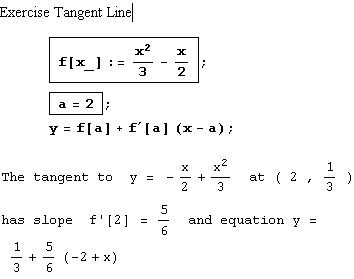
Below, I provide the solutions to some
mathematical problems solved in a matter of
seconds after the related information was
entered into the add on module Calculus WIZ(7) of
Mathematica. Calculus WIZ
includes templates related to mathematical
topics; in doing his homework, the student
would pick up the template related to the
current problem and Calculus WIZ does all
the computational and drawing work for you.
Calculus WIZ is an enriching program and
provides a new perspective to define and
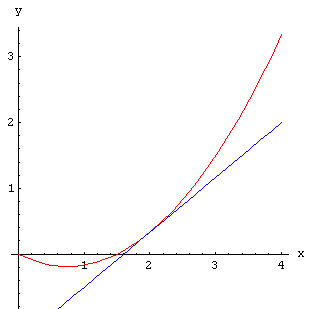
solve mathematical problems. In using Calculus WIZ,
the students would also have time to reflect on the
found solutions and opportunities to change
parameters, variables, functions and see the
related changes graphically and analytically in real
time. |
|
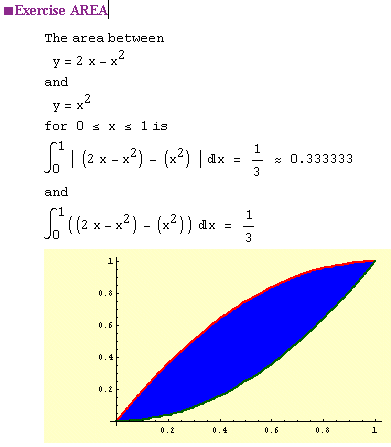
|
|
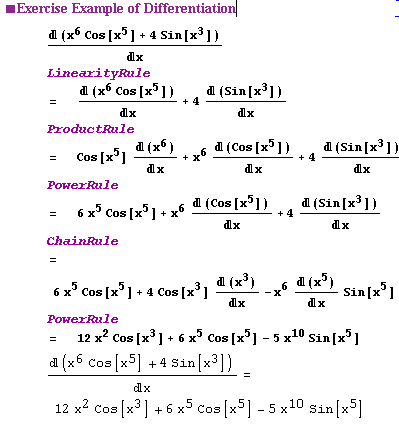
|
|
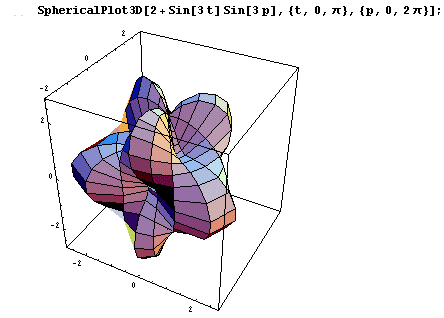
|
| Endnotes: |
|
1. Thoughts
on Education, Knowledge, Learning and the Internet, by Mario deSantis,
January 23, 1999. Published in North Central Internet News
2. The Calculus, Concepts, Computers and Cooperative
Learning (C4L) Project, Purdue University http://www.math.purdue.edu/~ccc/
3. A useful resource for asking Math questions. A Math Forum
Project Ask Dr. Math http://forum.swarthmore.edu/dr.math/drmath.high.html
4. A partial list of universities and schools using Mathematica
http://www-cm.math.uiuc.edu/get/sites.html
5. Mathematica (For Students) is published by Wolfram
Research http://www.wolfram.com
6. Courses of Calculus provided with Mathematica at the University
of Illinois http://www-cm.math.uiuc.edu/courses/
7. Calculus WIZ is published by Wolfram Research http://www.wolfram.com
http://www.wizpower.com
|
| |




